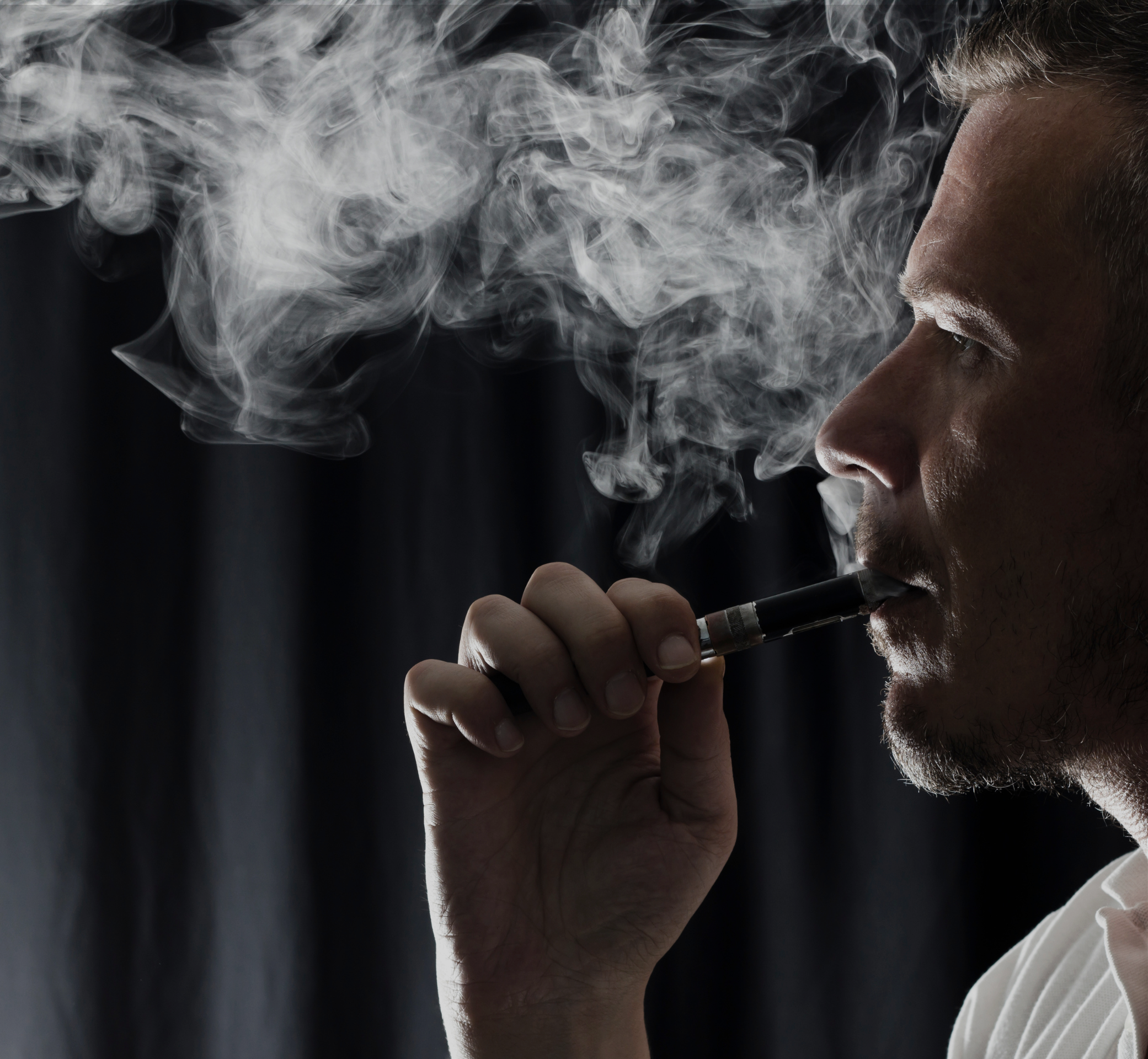Há alguns meses, a comunidade de vapers lançou uma campanha para desmistificar alguns dos mitos mais comuns sobre o vaping, como a ideia de que vaporizar não é melhor do que fumar ou que a nicotina causa câncer. Diversos materiais excelentes foram criados para que os vapers combatessem a desinformação, e grupos de defesa do meio ambiente de todo o mundo os utilizaram para refutar os principais mitos sobre o vaping. Você pode conferir esses materiais. aqui., Sinta-se à vontade para usá-las e combater a desinformação ao seu alcance.
Agora, Ação sobre Tabagismo e Saúde (ASH), uma organização beneficente de saúde pública criada pela Colégio Real de Médicos Para acabar com os danos causados pelo tabaco, publicou um grande apresentação em que eles também desmistificam alguns dos mitos em torno do vaping. Discutimos alguns dos mitos presentes no briefing da ASH quando lançamos nosso Página inicial do programa Desmistificando o Vaping, Então, vamos dar uma olhada nos itens que a ASH adicionou à nossa lista.
Os cigarros eletrônicos descartáveis fornecem tanta nicotina quanto 50 cigarros convencionais.
O mito de que os cigarros eletrônicos descartáveis fornecem tanta nicotina quanto 50 cigarros convencionais foi repetido por alguns dos jornais online britânicos mais lidos, como o... Daily Mail ou O Times. Isso está longe de ser verdade! Como explica a ASH, um vape descartável padrão do Reino Unido com o nível máximo legal de nicotina (20 mg/ml) contém 40 mg de nicotina, o equivalente a 3 ou 4 cigarros. Um cigarro fornece de 1 a 1,5 mg de nicotina à corrente sanguínea do fumante, enquanto os usuários de vape absorvem 50 mg (20 mg neste exemplo) da nicotina presente no vape.
Se você fizer as contas, verá que, no pior cenário (o de um vape com o nível máximo de nicotina permitido por lei no Reino Unido), um vape descartável fornece tanta nicotina quanto 13 a 20 cigarros. No entanto, a maioria dos usuários de vape utiliza concentrações de nicotina entre 1 e 3 mg por ml, o que equivale a entre 1 e 7 cigarros. De qualquer forma, lembremos que A nicotina é praticamente inofensiva e não é cancerígena., enquanto os cigarros contêm 70 substâncias cancerígenas.
A nicotina prejudica o desenvolvimento cerebral em jovens.
Muitas pessoas acreditam não só que a nicotina causa câncer, mas também que prejudica o desenvolvimento cerebral, principalmente em jovens. O que diz a ciência sobre isso? revisão sistemática da pesquisa nesta área Não foi possível encontrar evidências suficientes para sustentar essa ideia. Além disso, Comitê de Toxicidade do Reino Unido concluíram que não havia dados disponíveis sobre os efeitos diretos da exposição à nicotina em adolescentes humanos: “O Comitê manifestou reservas quanto à tentativa de quantificar os efeitos da nicotina em humanos a partir de estudos com animais, uma vez que a relação entre a dosagem e a exposição humana não é clara."
A respeito disso, um estudo escocês Um estudo de acompanhamento de uma coorte de crianças nascidas em 1932, que tiveram seu QI testado aos 11 anos de idade, descobriu que, aos 70 anos, não havia diferença na função cognitiva entre não fumantes e ex-fumantes, após o controle da variável QI. Se a nicotina não prejudica a função cognitiva em jovens fumantes, por que deveríamos pensar que prejudica em jovens usuários de cigarros eletrônicos? O fato de a nicotina prejudicar o desenvolvimento cerebral de jovens não deve ser justificativa para proibir produtos de cigarro eletrônico, visto que isso teria um impacto negativo na saúde pública, levando os usuários de cigarros eletrônicos a voltarem a fumar. Os legisladores deveriam, em vez disso, encontrar maneiras de garantir que esses produtos não sejam vendidos a menores, mas permaneçam disponíveis para adultos.
O principal motivo pelo qual as crianças usam cigarros eletrônicos é porque gostam dos sabores.
Segundo fumantes entrevistados, as crianças geralmente começam a usar cigarros eletrônicos apenas "para experimentar" ou por pressão dos colegas. Gostar dos sabores pode ser o motivo para alguns, mas, novamente, isso não justifica a implementação de uma proibição de sabores.
Por quê? Porque, como explica a ASH, A proibição ou restrição de sabores provavelmente aumentará o consumo de cigarros.. Pelo menos foi isso que aconteceu nos estados dos EUA onde foram impostas proibições ou restrições de sabores: as vendas de cigarros eletrônicos caíram, mas as de cigarros convencionais aumentaram. O mesmo aconteceria no Reino Unido., De acordo com pesquisadores da Universidade de Bristol, O que teria um impacto negativo líquido na população e aumentaria as taxas de tabagismo.
E, mais evidentemente, proibir sabores não impediria o acesso de crianças a esses produtos. Se os sabores fossem proibidos, seriam vendidos no mercado negro, um local onde os vendedores se preocupam menos em vender para menores do que no mercado legal. Assim como acontece com outros produtos de vaporização, medidas realistas devem ser implementadas para manter os menores longe do vaping, mas a proibição não é uma delas.
Se você quiser saber mais sobre esses – e outros – mitos que cercam o vaping, confira Resumo da ASH e o nosso Site do Vaping Mythbusters. A desinformação está colocando o vaping em risco globalmente, com políticas proibicionistas ameaçando os usuários. Informe-se e ajude-nos a combater isso.






2 respostas